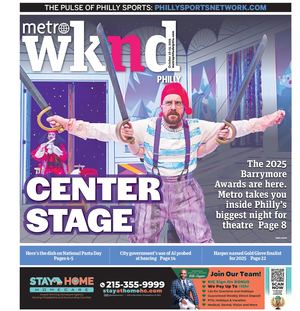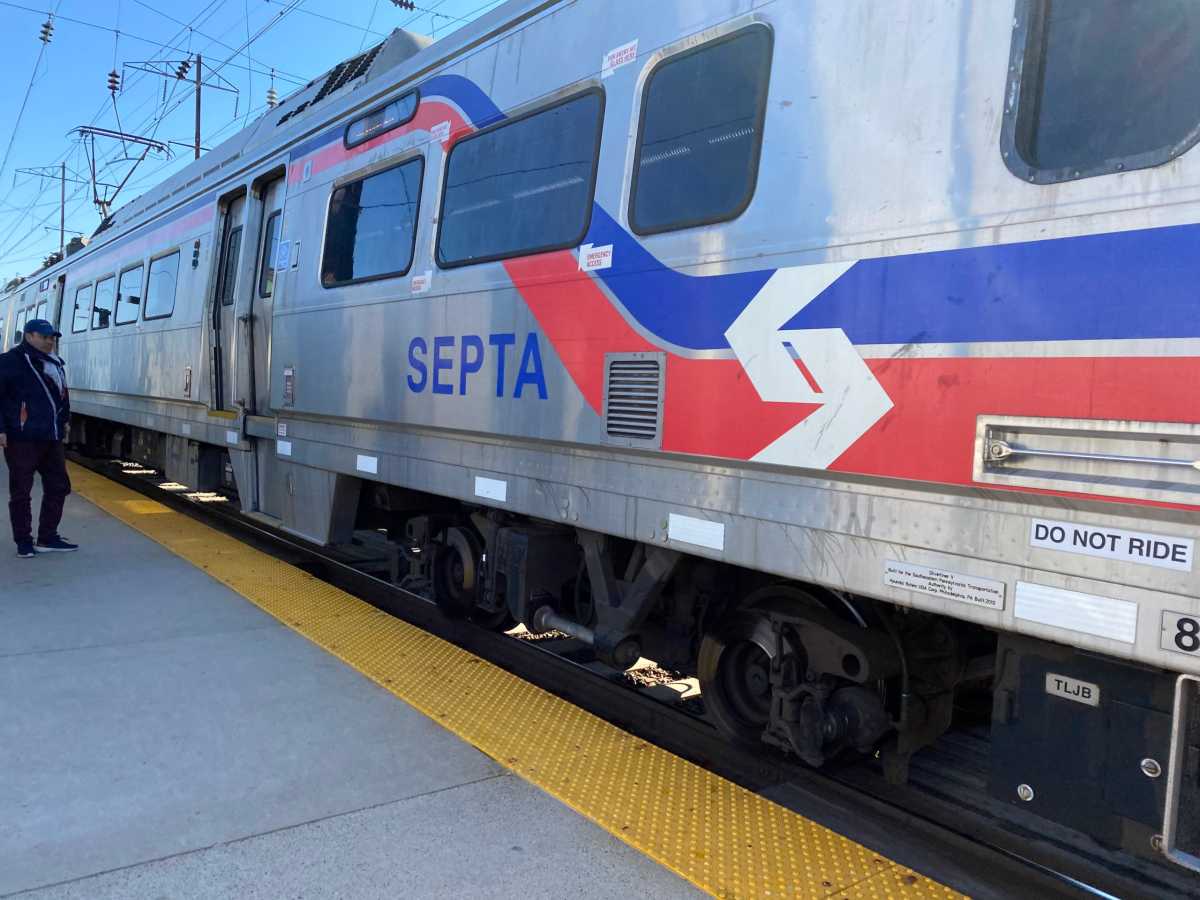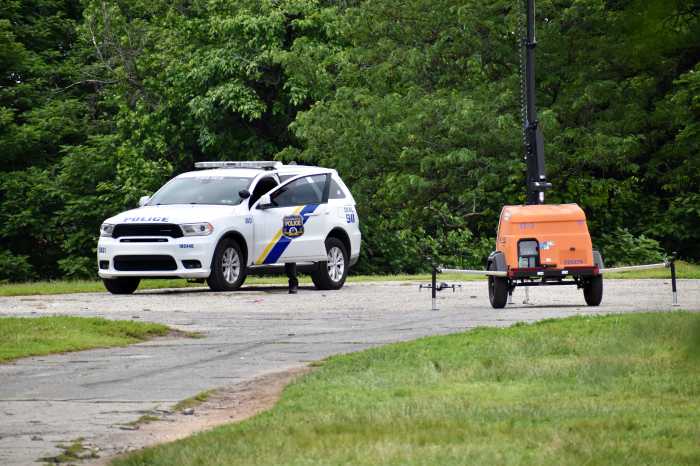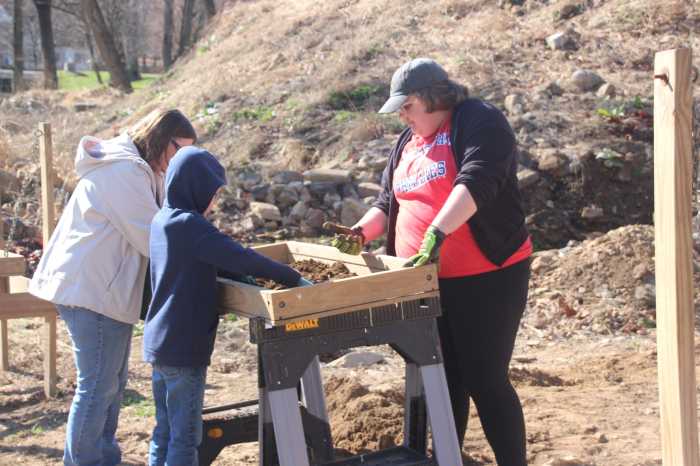SEPTA is introducing new schedules — in some cases, bringing service close to near pre-pandemic levels — though, with the rise of the Delta variant, it’s unclear if and when riders will return.
Authority leaders anticipated a rush back to in-person workplaces after Labor Day, and they were not alone.
However, with the city requiring masks in most indoor public places, some large employers have informed SEPTA that they will not call workers back into the office until later into the fall or into January, spokesman Andrew Busch said.
“What we decided was to go ahead and put these increased levels of service into place,” he told Metro, “so that when workers are able to return or when employers start allowing more people into their buildings, they can count on a higher level of service from us already being in place.”
Buses, trolleys and the Market-Frankford, Broad Street and Norristown High Speed lines were bumped up Monday to running at 93% of pre-coronavirus frequency.
That means the MFL will run every six minutes between 6:30 a.m. and 6:30 p.m. on weekdays, and the BSL will operate every six to eight minutes in the same time frame..
High-frequency bus routes are back, and trolley routes 101 and 102 returned to a regular schedule this week, according to SEPTA.
Beginning Sunday, Sept. 5, Regional Rail will be brought up to 65% of its normal frequency on weekdays, up from 53%. Train ridership, which has lagged throughout the pandemic, is at just about a quarter of pre-COVID-19 levels, compared to about 48% for the other modes.
The Cynwyd Line will be returning Sunday, and there will be enhanced rush hour service on the Paoli/Thorndale, Lansdale/Doylestown, Warminster, West Trenton and Wilmington/Newark Lines.
Trains will begin running every two hours on the weekends on the Fox Chase and Media/Elwyn lines, and the Paoli/Thorndale Line will again operate on Sundays, SEPTA said.
“For regional rail, this is kind of step one of a significant increase in service,” Busch said. “By November, we expect to go up to about 80% of pre-COVID service.”
Center City parking and pedestrian numbers are up; however, Philadelphia has recovered only about 41% of the 123,400 jobs it lost early in the pandemic, compared to a 73% recovery rate in the Pennsylvania suburbs, according to an economic report released Aug. 17 by the Center City District.
Office buildings in the downtown core saw vacancy rates rise to nearly 18% in the second quarter of this year, the CCD analysis found.
“There are multiple signs of recovery, supported by rising vaccination rates, but tempered by the spread of the new Delta variant among those who are not vaccinated,” an introduction to the report read.
Philadelphia reached a milestone Monday as 80% of the city’s adult residents have now received at least one dose of COVID-19 vaccine, Mayor Jim Kenney’s administration said.
Cases have generally been rising in the city since mid-June, and just over 200 people are hospitalized with the virus, city health officials said.
SEPTA, which never dropped its mask mandate after the vaccine roll-out, is hoping to entice riders by offering 25% off on weekly passes starting Sept. 13. The promotion is scheduled to last three weeks and is good on all forms of transit.
In addition, the authority said it will continue to offer free parking at Regional Rail stations through at least October.
One group that is likely to return to public transit — students. About 55,000 Philadelphia public school students receive SEPTA passes, and they and their classmates are set to return to in-person instruction Tuesday.

























